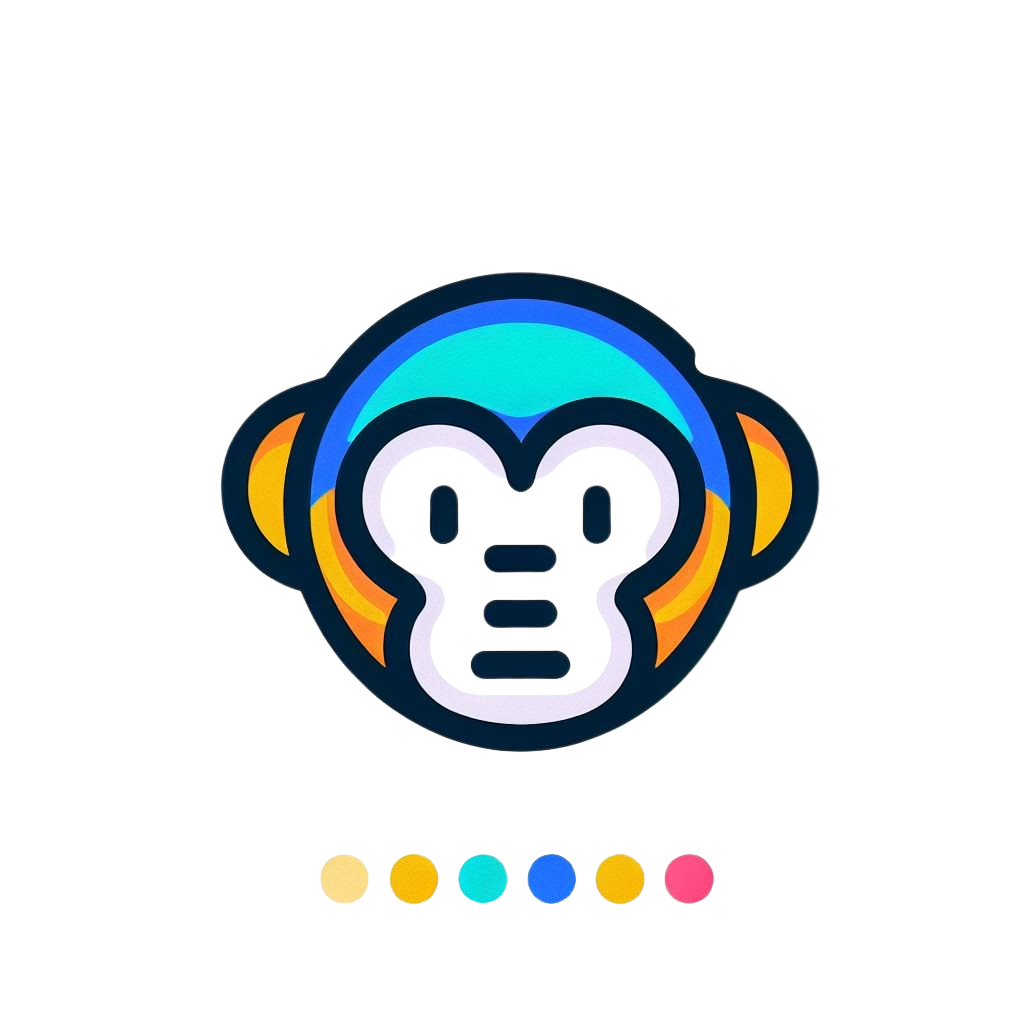Examples
Explore practical examples of using MonkeyJs in different scenarios.
Basic Tour Example
A simple example of creating a basic tour with MonkeyJs.
basic-tour.ts
// HTML Structure
// <div id="welcome-screen">Welcome to our app!</div>
// <button id="features-button">Features</button>
// <div id="settings-panel">Settings</div>
import { Tour } from 'monkeyts';
// Define your tour steps
const steps = [
{
target: '#welcome-screen',
title: 'Welcome',
content: 'Welcome to our application! This tour will guide you through the main features.',
placement: 'bottom'
},
{
target: '#features-button',
title: 'Features',
content: 'Click here to explore all the features available in our app.',
placement: 'right'
},
{
target: '#settings-panel',
title: 'Settings',
content: 'Access your account settings and preferences here.',
placement: 'left'
}
];
// Initialize tour
const tour = new Tour({
controllerConfig: { steps },
tourConfig: {
showOverlay: true,
overlayOpacity: 0.6,
closeOnOutsideClick: false
}
});
// Start the tour
tour.initTour();
tour.start();
Custom Themed Tour
An example of a tour with custom theming.
themed-tour.ts
import { Tour } from 'monkeyts';
// Define your tour steps
const steps = [
{
target: '#step-1',
title: 'Custom Theme',
content: 'This tour uses a custom theme with different colors and styling.',
placement: 'bottom'
},
{
target: '#step-2',
title: 'Branding',
content: 'You can match the tour to your brand colors and design system.',
placement: 'right'
}
];
// Define custom theme
const customTheme = {
colors: {
primary: '#10b981', // Green primary color
secondary: '#3b82f6', // Blue secondary color
text: '#1f2937',
background: '#ffffff',
overlay: '#000000'
},
borderRadius: '0.5rem',
fontFamily: 'Poppins, sans-serif',
spacing: {
small: '0.75rem',
medium: '1.25rem',
large: '2rem'
}
}
// Tour configuration
const tourConfig = {
showOverlay: true,
overlayOpacity: 0.5,
};
// Initialize tour with custom theme
const tour = new Tour({
controllerConfig: { steps },
tourConfig,
theme: customTheme
});
// Start the tour
tour.initTour();
tour.start();
React Integration Example
An example of using MonkeyJs with React.
ReactTour.tsx
import React, { useEffect } from 'react';
import { TourContext, useTourContext } from 'react-monkeyjs';
// Define your tour steps
const steps = [
{
target: '#dashboard',
title: 'Dashboard',
content: 'This is your dashboard where you can see an overview of your activity.',
placement: 'bottom'
},
{
target: '#profile-button',
title: 'Profile',
content: 'Click here to view and edit your profile information.',
placement: 'right'
},
{
target: '#notifications',
title: 'Notifications',
content: 'Your notifications will appear here.',
placement: 'left',
onComplete: () => {
console.log('Tour completed!');
localStorage.setItem('tourCompleted', 'true');
}
}
];
// Main App component
function App() {
return (
<TourContext
steps={steps}
config={{
showOverlay: true,
overlayOpacity: 0.6,
closeOnOutsideClick: false,
className: 'app-tour'
}}
>
<YourComponent />
</TourContext>
);
}}
Advanced Event Handling
An example showing how to use event callbacks with tour steps.
event-handling.ts
import { Tour } from 'monkeyts';
// Define your tour steps with event handlers
const steps = [
{
target: '#login-form',
title: 'Login',
content: 'Enter your credentials here to log in.',
placement: 'bottom',
onNext: () => {
console.log('Moving from login step');
// Could trigger analytics event
window.analytics?.track('tour_step_login_viewed');
}
},
{
target: '#search-bar',
title: 'Search',
content: 'Use the search bar to find what you need quickly.',
placement: 'bottom',
onNext: () => {
console.log('Moving from search step');
// Could open the search field automatically
document.querySelector('#search-bar')?.focus();
},
onPrevious: () => {
console.log('Going back to login step');
}
},
{
target: '#help-button',
title: 'Help',
content: 'Click here if you need assistance at any time.',
placement: 'left',
onComplete: () => {
console.log('Tour completed');
// Save user progress
localStorage.setItem('hasCompletedTour', 'true');
// Show congratulation message
alert('Congratulations! You have completed the tour.');
}
}
];
// Initialize tour
const tour = new Tour({
controllerConfig: { steps },
tourConfig: {
showOverlay: true,
overlayOpacity: 0.5
}
});
// Start the tour
tour.initTour();
// Check if user has completed the tour before
const hasCompletedTour = localStorage.getItem('hasCompletedTour') === 'true';
if (!hasCompletedTour) {
tour.start();
}
Next Steps
Now that you've seen these examples, you might want to explore:
